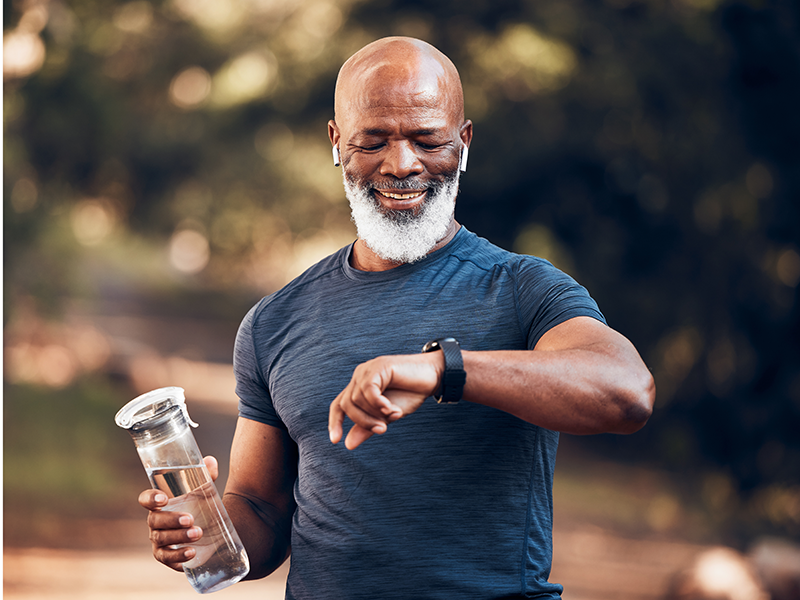All exercise is good if you have diabetes, but here's when it may help the most.
 Exercise can be one of the best defenses against diabetes and is usually prescribed to people with type 2 diabetes alongside dietary changes and medication if needed. Regular physical activity helps regulate blood sugar and makes the body more sensitive to insulin. So is there an ideal time to exercise that will make the activity most effective? And is there a particular type of exercise that is better at getting the job done?
Exercise can be one of the best defenses against diabetes and is usually prescribed to people with type 2 diabetes alongside dietary changes and medication if needed. Regular physical activity helps regulate blood sugar and makes the body more sensitive to insulin. So is there an ideal time to exercise that will make the activity most effective? And is there a particular type of exercise that is better at getting the job done?
It turns out that any kind of exercise at any time of day aids in the management of type 2 diabetes. But a recent study published in the American Journal of Medicine indicates that physical activity may be most effective at reducing blood glucose and improving insulin sensitivity if it is done later in the day, especially after meals. Several other studies have also shown that exercising after meals is a great way to help manage spikes in blood sugar that occur after eating.
Even if you can't fit in a workout after dinner, consider getting in some physical activity later in the day, whenever it's most convenient. Whether it happens before or after a meal, and in the afternoon or evening, the most important thing is that you find time to fit it in.
You don't need to set aside a big chunk of time to get in an effective workout. Getting small bits of activity in throughout the day is just as effective and may significantly improve blood sugar. Aim for 10 – 15 minutes at a time if you can't get in a full 30-minute or more workout. Even 5 minutes of activity helps. Take the stairs, march in place or do some body-resistance exercises. It all counts.
When it comes to the types of exercise that are good for managing diabetes, there's no single "best" exercise. A combination of cardio, strength training and flexibility exercises is best. Each of these helps with many aspects of overall health, from keeping the heart healthy and helping with weight management to maintaining muscle mass and improving balance. They all help with glucose control, although cardio and strength training offers a slight edge over flexibility exercises in this regard.
Another benefit to mixing up the exercise you do is that it keeps things interesting. Doing the same thing day after day can get boring, which may lead some people to skip workouts. Instead of getting into an exercise rut, why not consider switching things up a bit? For example, do strength training exercises twice a week and spend another day or two doing yoga or tai chi. Then walk, bike or swim on other days. Taking an after-dinner walk, either as your primary form of daily exercise or even on days you do other activities, offers an added boost to help control blood sugar.
Copyright 2023 © Baldwin Publishing, Inc. Health eCooks® is a registered trademark of Baldwin Publishing, Inc. Cook eKitchen™ is a designated trademark of Baldwin Publishing, Inc. Any duplication or distribution of the information contained herein without the express approval of Baldwin Publishing, Inc. is strictly prohibited.
Date Last Reviewed: September 19, 2023
Editorial Review: Andrea Cohen, Editorial Director, Baldwin Publishing, Inc. Contact Editor
Medical Review: Andrew Overman, DPT, MS, COMT, CSCS
Learn more about Baldwin Publishing Inc. editorial policy, privacy policy, ADA compliance and sponsorship policy.
No information provided by Baldwin Publishing, Inc. in any article is a substitute for medical advice or treatment for any medical condition. Baldwin Publishing, Inc. strongly suggests that you use this information in consultation with your doctor or other health professional. Use or viewing of any Baldwin Publishing, Inc. article signifies your understanding and agreement to the disclaimer and acceptance of these terms of use.
